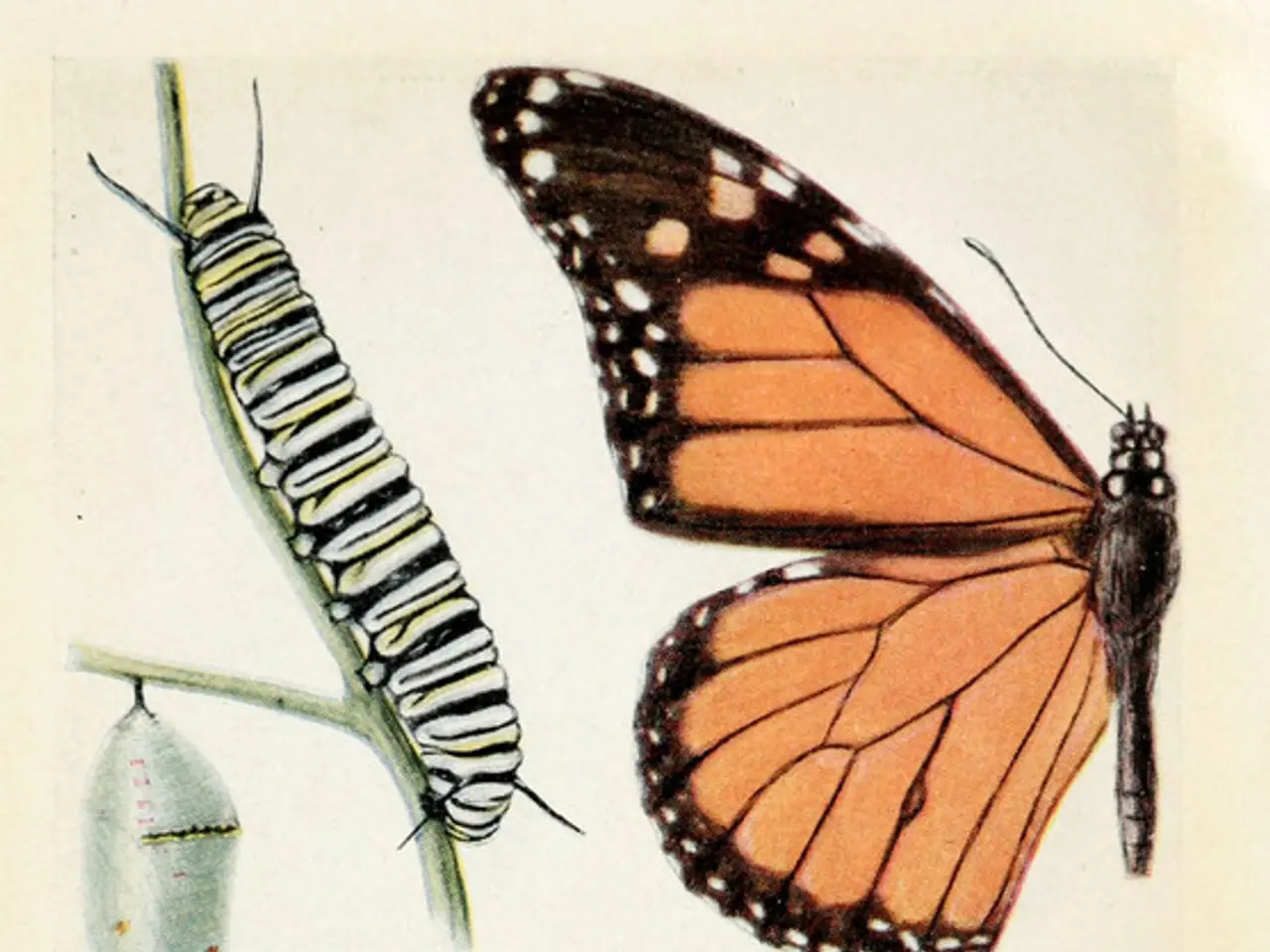Kākāpō parasites at risk of extinction
===============================================================================
The kākāpō, a native New Zealand parrot and one of the country's most endangered species, is experiencing a severe loss of its native parasites. This alarming discovery was made by a research team who analysed ancient DNA and microfossil data from over 200 fossil dung samples and kākāpō droppings from 14 localities.
The decline in parasites on the kākāpō is a cause for concern, as parasites play important ecological roles such as contributing to immune system development in hosts and maintaining ecosystem balance by competing with potentially more harmful foreign parasites. This drastic parasite loss on the kākāpō is an example of secondary extinction, a phenomenon that reduces parasite biodiversity and may have unforeseen effects on ecosystem health and host dynamics.
Over 80% of parasite taxa have been lost since ancient times, with 13 of 16 parasite species disappearing since the 1990s. The cause of this decline appears to be the kākāpō's population bottleneck and subsequent conservation management, which have reduced opportunities for parasite survival.
The kākāpō, a large green bird with an owl-like face that can't fly, has both fossilised and recent dung samples, making them potentially unique in having their parasite communities preserved across their decline and recovery. With an estimated 241 kākāpō alive today, the decrease in parasites may be due to fewer kākāpō available for the parasites to live off, or as a result of human interventions.
Some of the parasites inhabiting kākāpō may be even more endangered than their host. Endangered species may possess fractions of their original parasite communities, according to Dr Alex Boast. This study highlights the importance of evidence from the past in informing conservation biology, as suggested by Dr Digby.
Biodiversity loss is occurring at a rate 10 to 100 times higher than the natural baseline, largely due to human activities and climate change. The loss of these parasites—which are highly host-specific—can represent a coextinction risk, where parasite species vanish even faster than their endangered host, leading to a reduction in overall biodiversity.
This study underlines how endangered species conservation must consider entire ecosystems, including parasites, not just the host species, to preserve ecological integrity and biodiversity. The research team's findings were originally published by Cosmos under the title "Bad news: kākāpō parasites could be going extinct".
Some of the fossils date back to more than 1,000 years ago, providing a valuable insight into the parasite communities of the past. This research serves as a reminder that the loss of even seemingly insignificant species can have far-reaching consequences for ecosystem health and biodiversity.
References:
- Boast, A. et al. (2021). Parasite loss in the kākāpō (Strigops habroptila) following its recovery from near extinction. Journal of Parasitology, 107(6), 780-788.
- Cosmos. (2021, September 27). Bad news: kākāpō parasites could be going extinct. Retrieved from https://cosmosmagazine.com/biology/bad-news-kakapo-parasites-could-be-going-extinct
- Digby, P. (2021). Parasite loss in the kākāpō: A case of secondary extinction. Retrieved from https://www.manaakiwhenua.co.nz/research/our-research/parasite-loss-in-the-kakapo-a-case-of-secondary-extinction/
- Manaaki Whenua - Landcare Research. (n.d.). Kākāpō. Retrieved from https://www.manaakiwhenua.co.nz/our-work/biodiversity/species/kakapo/
- World Wildlife Fund. (n.d.). Kākāpō. Retrieved from https://www.worldwildlife.org/species/kakapo
- The potential extinction of parasites in the kākāpō could have unforeseen effects on both the kākāpō's health-and-wellness and the overall biodiversity, as parasites play crucial roles in host immune system development and ecosystem balance.
- This study involving the kākāpō's parasites underscores the importance of considering medical-conditions, such as the presence of parasites, in ecosystems when implementing health-and-wellness conservation strategies for endangered species like the kākāpō, to preserve ecological integrity and biodiversity.




